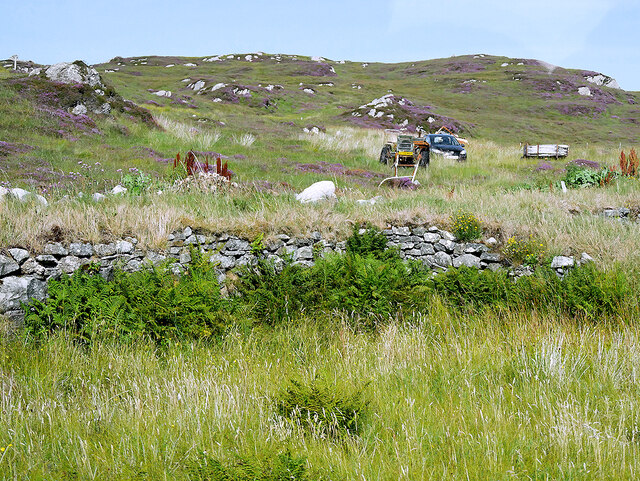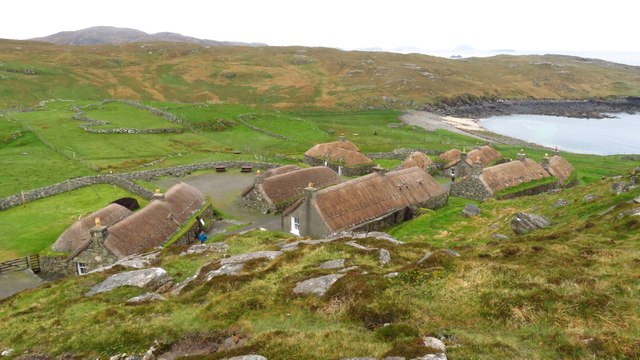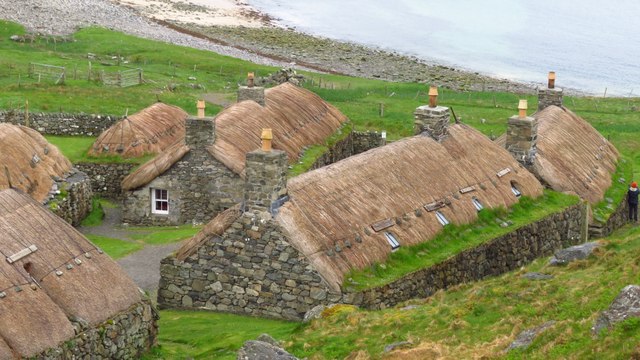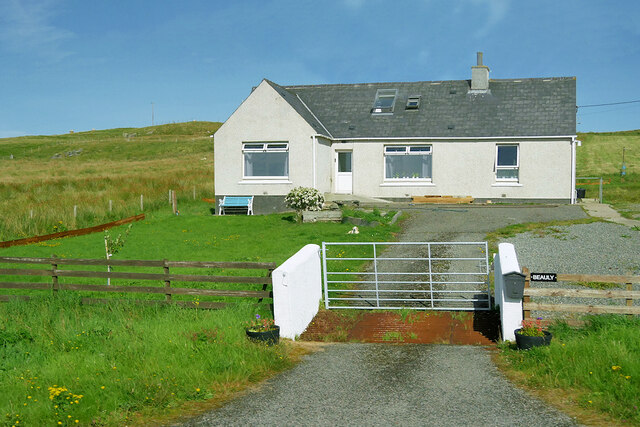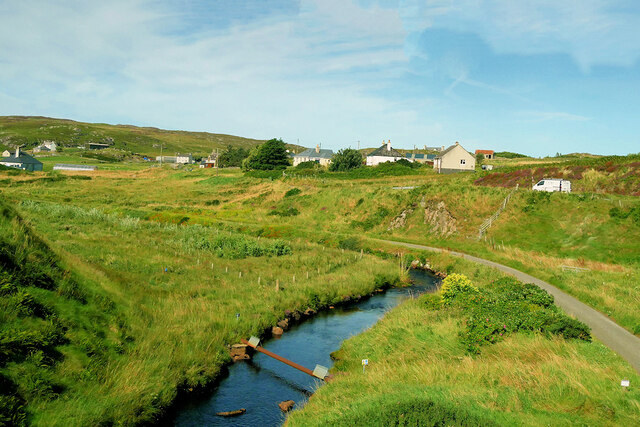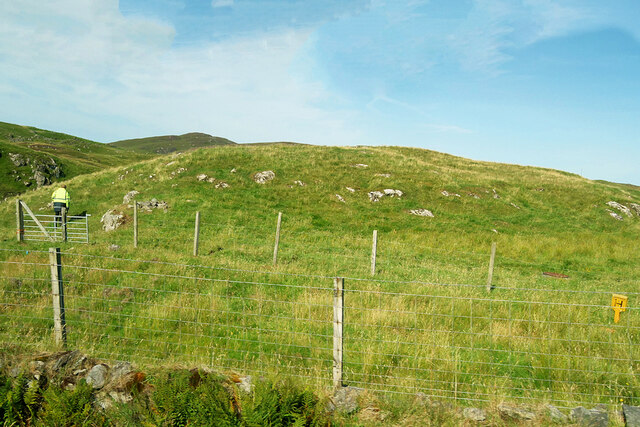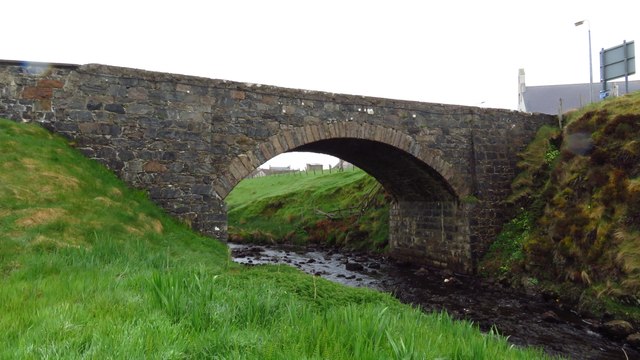Ben Cliasgro
Hill, Mountain in Ross-shire
Scotland
Ben Cliasgro
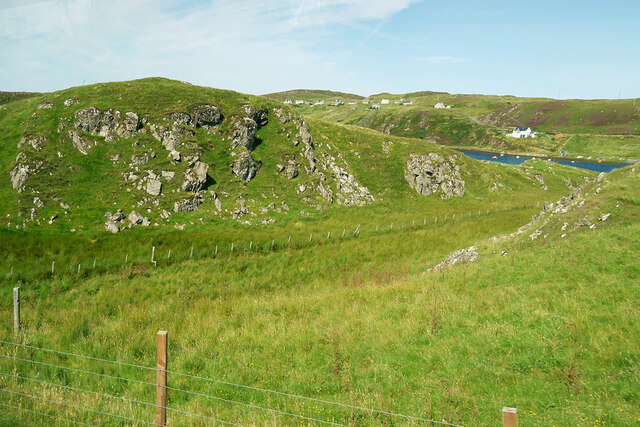
Ben Wyvis is a prominent hill located in the Ross-shire area of Scotland, specifically in the village of Ben Cliasgro. Standing at an impressive height of 3,432 feet (1,046 meters), it is widely regarded as one of the most iconic and recognizable peaks in the region.
Situated within the Ben Wyvis National Nature Reserve, this mountain offers breathtaking panoramic views of the surrounding area, including the Cromarty Firth and the Black Isle. The hill is formed mainly of red sandstone, giving it a distinct reddish hue that becomes particularly striking during sunset.
Hiking enthusiasts are drawn to Ben Wyvis due to its challenging yet rewarding nature. There are two popular routes to reach the summit: the traditional route from Garbat and the more direct route from Ben Glas. Both paths offer diverse terrain, ranging from gentle slopes to steep rocky sections, providing a thrilling adventure for climbers of varying abilities.
The hill is also renowned for its unique flora and fauna, with the reserve being home to a variety of plant species, including the rare twinflower and woolly willow. Wildlife enthusiasts may be lucky enough to spot red deer, mountain hares, and golden eagles during their ascent.
Ben Wyvis and the surrounding area are steeped in folklore and history, with tales of ancient battles and mythical creatures. The hill's name itself is believed to derive from Gaelic origins, meaning "hill of terror," adding an air of mystery to its already captivating allure.
Whether it's for the challenge of conquering its summit, the stunning natural beauty, or the rich cultural heritage, Ben Wyvis in Ben Cliasgro is a must-visit destination for outdoor enthusiasts and nature lovers alike.
If you have any feedback on the listing, please let us know in the comments section below.
Ben Cliasgro Images
Images are sourced within 2km of 58.282566/-6.7856509 or Grid Reference NB1942. Thanks to Geograph Open Source API. All images are credited.
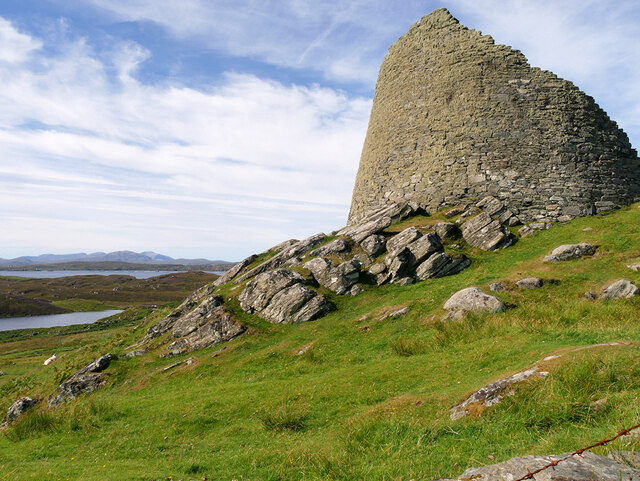
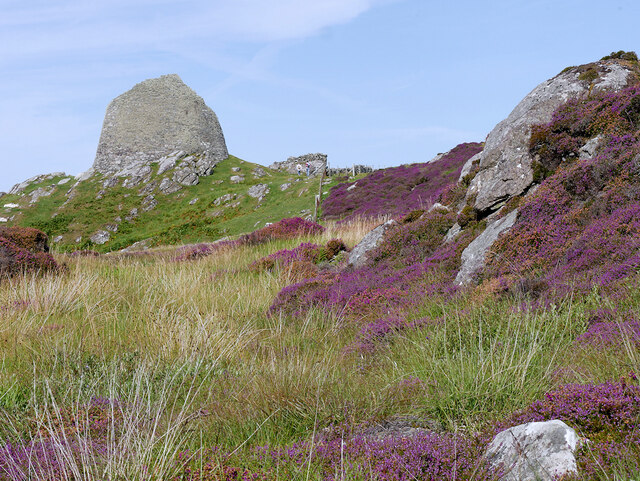
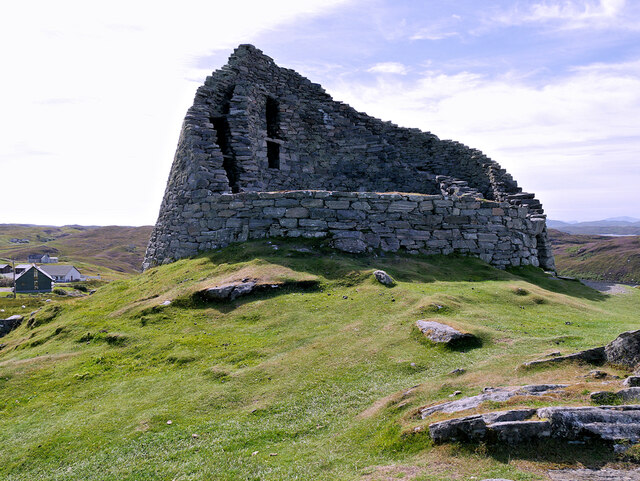
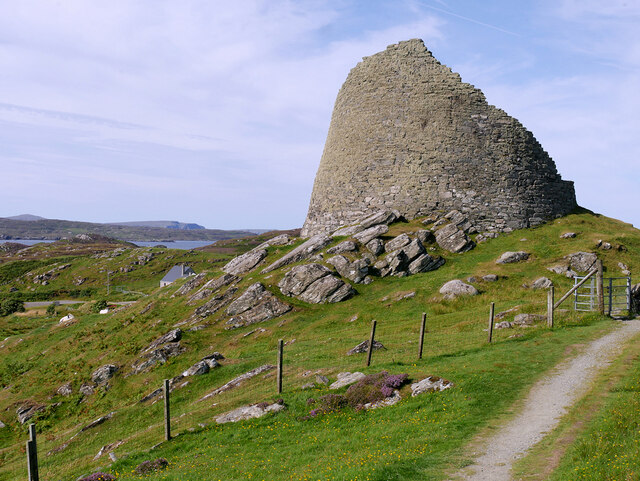
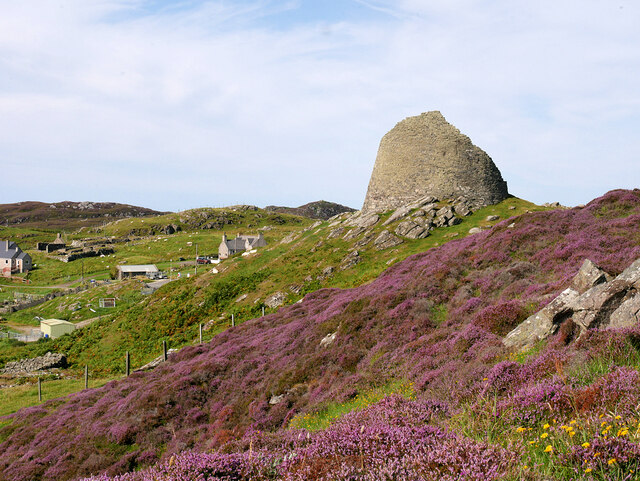
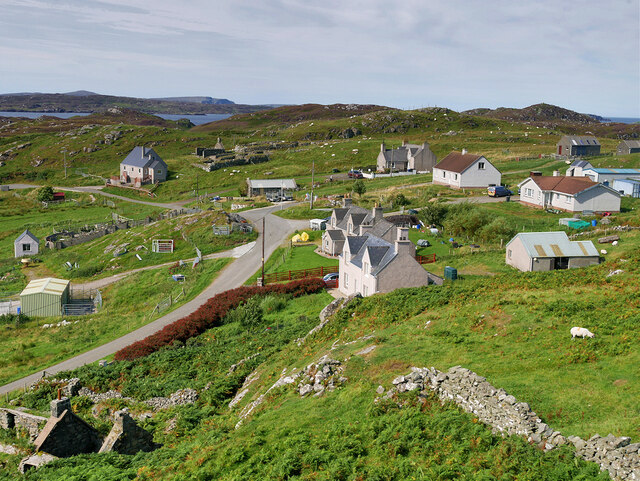
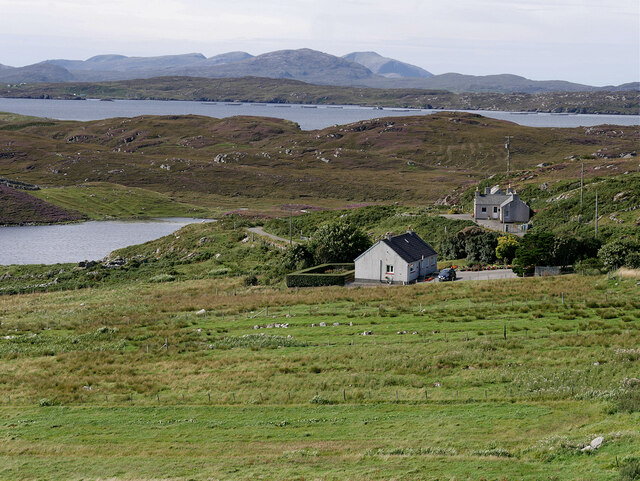
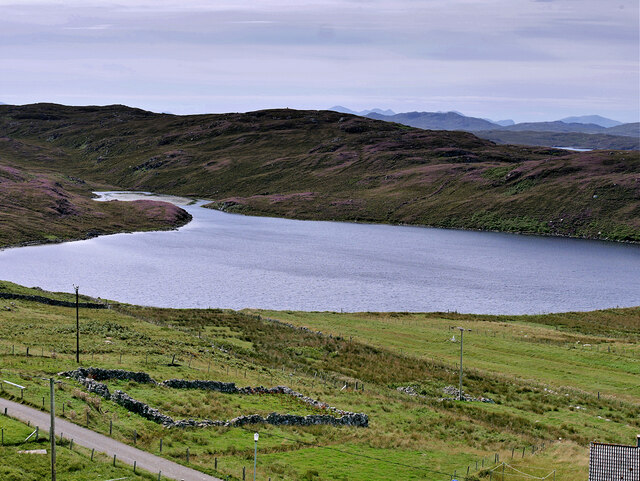
Ben Cliasgro is located at Grid Ref: NB1942 (Lat: 58.282566, Lng: -6.7856509)
Unitary Authority: Na h-Eileanan an Iar
Police Authority: Highlands and Islands
What 3 Words
///entrust.screeches.sunroof. Near Carloway, Na h-Eileanan Siar
Related Wikis
Borrowston, Lewis
Borrowston (Scottish Gaelic: Borghastan), with a population of about 50, is a crofting township situated on the Isle of Lewis, on the Outer Hebrides of...
Carloway
Carloway (Scottish Gaelic: Càrlabhagh [ˈkʰaːɾɫ̪ə.ɤː]) is a crofting township and a district on the west coast of the Isle of Lewis, in the Outer Hebrides...
Dun Carloway
Dun Carloway (Scottish Gaelic: Dùn Chàrlabhaigh) is a broch situated in the district of Carloway, on the west coast of the Isle of Lewis, Scotland (grid...
Garenin
Garenin (Scottish Gaelic: Na Gearrannan) is a crofting township on the west coast of the Isle of Lewis in the Outer Hebrides of Scotland. Garenin is in...
Nearby Amenities
Located within 500m of 58.282566,-6.7856509Have you been to Ben Cliasgro?
Leave your review of Ben Cliasgro below (or comments, questions and feedback).
